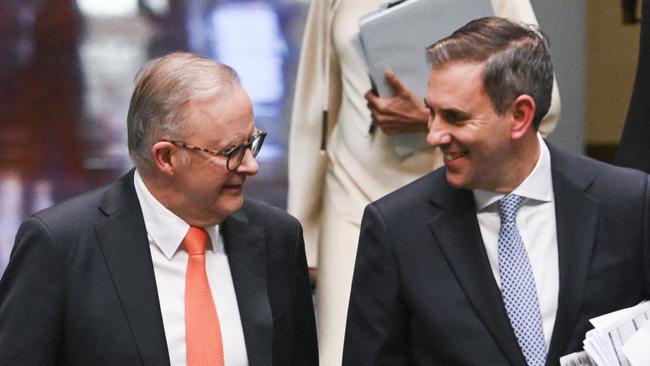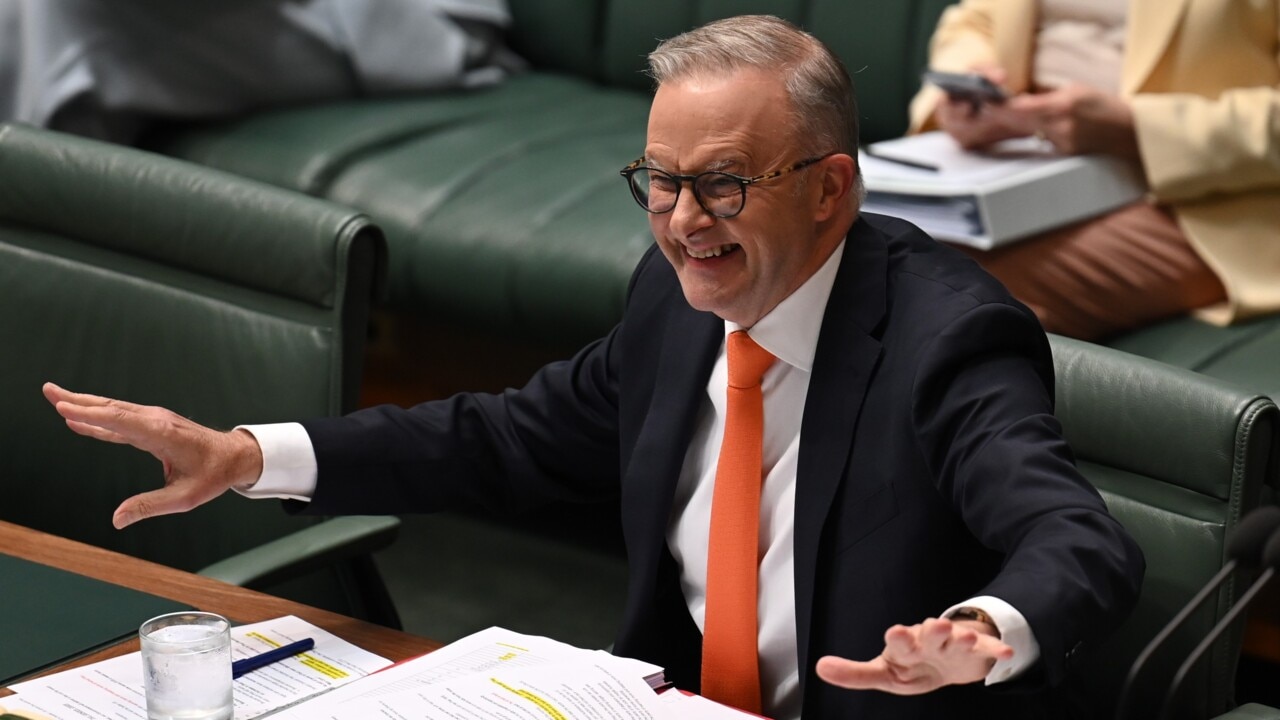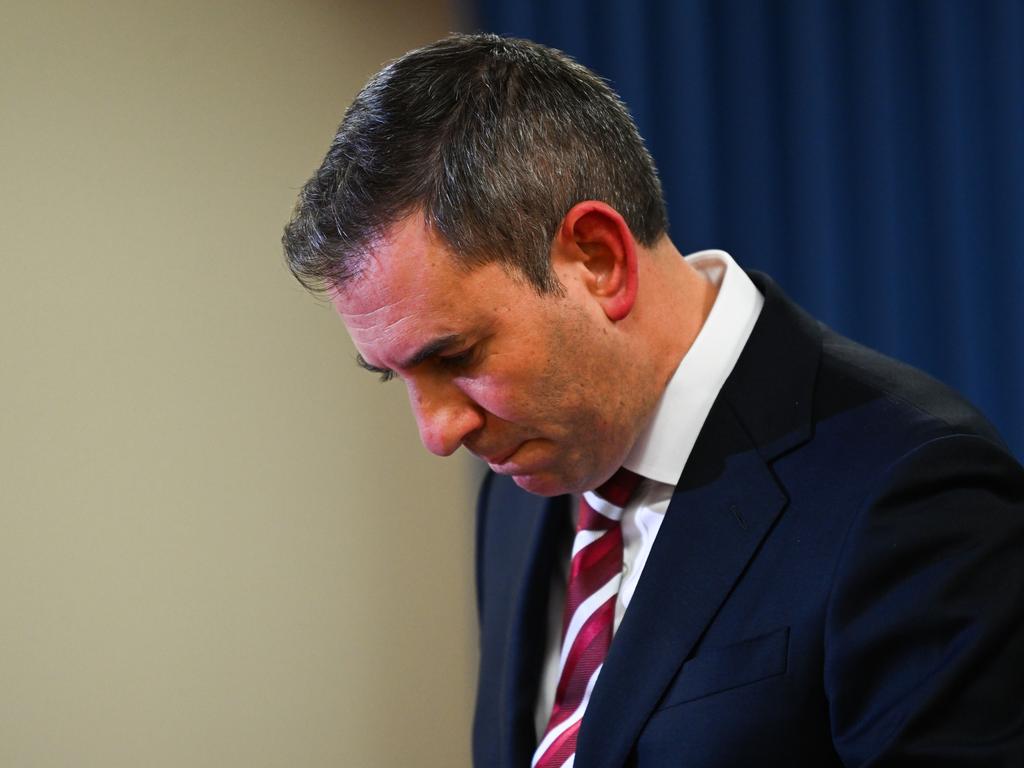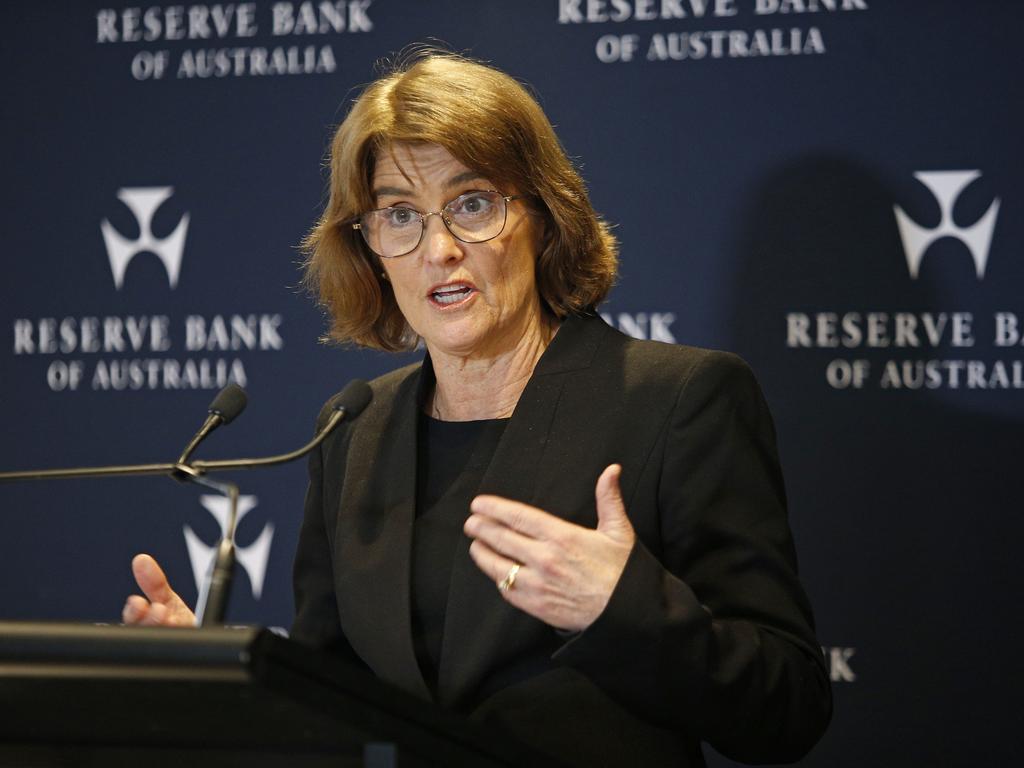Let’s be clear – the Reserve Bank is right and Anthony Albanese is wrong in this inflation battle


The fact the bank often misses the target does not weaken the case for inflation targeting.
The role of the elected government in this context is two-fold: to implement complementary fiscal and other policies and take the decisions the bank makes on the chin.
On these criteria, the Albanese government is failing.
Let’s be clear on the economics here: the bank is right and the Treasurer and Prime Minister are dead-wrong.

Both men think that using massive dollops of taxpayer money to manipulate the headline CPI is actually achieving the return to the stated inflation target. The trouble is that the bank sees through this ruse, and focuses instead on the trimmed mean of the CPI, which essentially factors out subsidies.
By allowing people to pay lower energy bills, say, money is thus released to be spent on other things. And when the subsidies are wound back, prices to return to what they would have been in the absence of the subsidies, causing a spurt in inflation down the track.
This is the hard economic reality of the situation as opposed to the political fairy tale Chalmers and Albanese have invented.
It essentially comes down to the balance between aggregate supply and aggregate demand.
Public sector spending feeds directly into aggregate demand. As the bank notes in its statement released with the decision taken on Tuesday to hold the cash rate, “the gap between aggregate demand and supply in the economy is larger than previously thought.”
We can see this in the figures that the bank uses to reach its decision.
The growth of public sector demand has been revised up to 4.3 per cent through the year to December, from its previous forecast of just 1.5 per cent.
In a similar vein, forecast GDP growth has been adjusted up to 2.5 per cent, reflecting higher spending by both federal and state governments, as well as the impact of the revised Stage 3 tax cuts.
Michele Bullock, the bank’s governor, explicitly pointed to public sector spending as contributing to the ongoing gap between demand and supply. As a consequence, the cash rate is being kept higher for longer and the time it will take for inflation to return to its target is now pushed out until the end of the next year, at the earliest.
How Chalmers and Albanese can claim that fiscal policy is working in a complementary fashion with monetary policy is anyone’s guess. The reality is that the bank has its foot on the brake and the federal and state governments are pressing the accelerator.
You only have to look at the May budget figures to realise what’s going on. Last financial year, real government payments grew by 4.5 per cent, coming in at 25.4 per cent of GDP. This financial year, payments will grow by a further 3.6 per cent, amounting to 26.4 per cent of GDP and an expected deficit of $28bn.
The two budget surpluses that have been delivered are erroneously seen as evidence by Chalmers and Albanese that fiscal policy is working in harmony with monetary policy. Perhaps some vague recollection of what they learnt in Macroeconomic 101 leads them to that conclusion.
The reality is that it is only structural budget balances that count. According to the Treasury, the structural budget balance was in deficit in 2023-24 and will be in the red every year until 2034-35.
The sad reality is that relying solely on monetary policy to tame inflation is costly, inflicting considerable harm on certain groups in the community.
The preferred approach is to have monetary and fiscal policy working hand in hand as well as implementing supply-side policies.
When it comes to supply-side measures, the policies of the Labor government, particularly in respect of the so-called care economy and energy, are contributing to the slump in productivity that is making the bank’s task even harder.
The bottom line is this unbecoming stoush between government and bank serves no useful purpose apart from meeting short-term political objectives of the Prime Minister and Treasurer while further undermining the government’s economic credibility.







A key foundation of economic policy in Australia for some three decades has been the independence of the Reserve Bank and the requirement for the bank to target inflation. Working on the basis of an inflation target band of 2 to 3 per cent per annum, the bank is tasked with adjusting the cash rate to achieve this goal, at least over time.